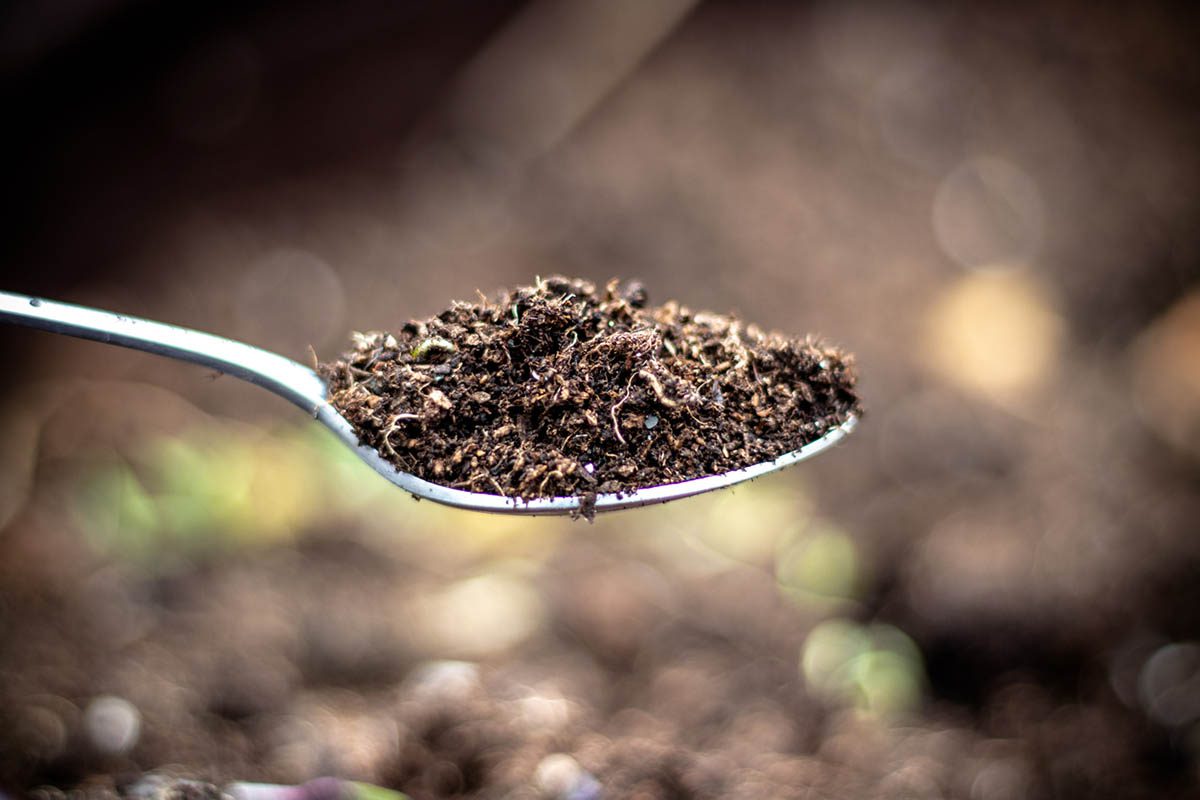Despite its name, compulsive sexual behavior disorder is not classified within the obsessive-compulsive spectrum disorders but rather as an impulse control disorder within the ICD-11.1,2 Within the DSM-5, the placement of compulsive sexual behavior disorders remains unclearly defined, but the co-occurrence of compulsive sexual behaviors (CSB) with obsessive-compulsive disorder (OCD) has been explored—with the rate of OCD in CSB being estimated at 5%–14%, and the rate of CSB in OCD being approximately 5%–7%.3–5 Research on the use of naltrexone in CSB has shown positive results; however, data showing success of naltrexone in relieving OCD spectrum symptoms are sparse.6–11 This report illustrates a unique case of concomitant OCD (defined and diagnosed per DSM-5 criteria, which largely aligns with ICD-11 criteria) and CSB (defined and diagnosed per ICD-11 criteria) treated with sertraline and naltrexone.
Case Report
The patient is a 58-year-old man with a history of moderate OCD, primarily contamination-based obsessions and compulsions, checking behaviors, and harm-based ego-dystonic intrusive thoughts, as well as a history since adolescence of CSB, namely pornography viewing with excessive masturbation, which was chronically impairing to his daily functioning, relationships, and health. He presented in June 2020 to an outpatient psychiatry clinic, with his OCD symptoms treated by a previous provider with sertraline 100 mg, which had resulted in reduction of symptoms. Sertraline was subsequently increased to 150 mg daily, with further reduction in his OCD symptoms. While a full Yale-Brown Obsessive-Compulsive Scale12 score was unavailable, it is estimated clinically that his OCD symptoms improved from moderate range to mild and even subclinical range at times with sertraline treatment. The patient’s CSB, however, remained unchanged and deeply distressing for him.
Naltrexone 50 mg was initiated in July 2020, and upon return for follow-up 4 weeks later, the patient reported rapid and profound improvement in his CSB, stating he felt “like a completely different human being,” with reduced desire for and pleasure in the sexual behaviors and significantly more perceived control over the symptoms and behavior. His OCD symptoms remained stable. After reporting fatigue, the patient ultimately stopped the naltrexone with return of his impairing CSB symptoms. The patient restarted naltrexone with some recurrence of fatigue but with a sustained positive impact on his CSB symptoms once again. His sertraline dose was maintained throughout the initiation and adjustments in naltrexone dosing.
Discussion
This case illustrates an example of OCD with concomitant CSB wherein the selective serotonin reuptake inhibitor (SSRI) sertraline adequately addressed OCD symptoms but not the patient’s CSB. The addition of naltrexone significantly helped the patient’s CSB, while having no appreciable impact on his OCD, although his OCD symptoms were already quite reduced at the start of naltrexone. While there are reports of the cooccurrence of OCD and CSB, as well as respective treatments, this case is novel in its description of the concomitant illnesses with respect to treatments and response over time.
An additional important feature of this case is the pseudo-ABAB study design (also known as withdrawal design) unintentionally implemented by the patient when he self-discontinued and later resumed naltrexone, resulting in substantial recurrence/worsening of his CSB with discontinuation and subsequent improvement with resumption of naltrexone.
Lastly, this case offers an opportunity to contemplate the classification of dysfunctional sexual behaviors. The patient’s sexual behaviors are compulsive in nature, but they are experienced differently from other OCD compulsions. They are experienced with some degree of pleasure, though remain distressing, unlike other compulsions. Similarly, the response to treatment varies (ie, no response with SSRI, but response with naltrexone). They are not paraphilic in nature, excluding them from that chapter of the DSM-5. They may be best classified as an impulse control disorder, as in the ICD-11. Finally, one could consider the category of addictive disorders, given the positive outcome with naltrexone in this case, and naltrexone’s identified role in other addictive disorders.13–16
Article Information
Published Online: February 15, 2024.
https://doi.org/10.4088/PCC.23cr03594
© 2024 Physicians Postgraduate Press, Inc.
Submitted: June 30, 2023; accepted: October 10, 2023.
To Cite: Hunsinger NN. Treatment of obsessive-compulsive disorder with concomitant compulsive sexual behavior disorder. Prim Care Companion CNS Disord. 2024;26(1):23cr03594.
Author Affiliation: Department of Psychiatry, Louisiana State University Baton Rouge Psychiatry Residency Program, Baton Rouge, Louisiana (Hunsinger).
Corresponding Author: Natalie N. Hunsinger, MD, 5246 Brittany Drive, Baton Rouge, LA 70808 ([email protected]).
Relevant Financial Relationships: None.
Funding/Support: None.
Patient Consent: Consent was received to publish the case report, and information (including dates) has been de-identified to protect anonymity.
References (16)

- Reed GM, First MB, Billieux J, et al. Emerging experience with selected new categories in the ICD-11: complex PTSD, prolonged grief disorder, gaming disorder, and compulsive sexual behavior disorder. World Psychiatry. 2022;21(2):189–213. PubMed CrossRef
- World Health Organization. International Statistical Classification of Diseases and Related Health Problems. 11th ed. 2019.
- Fuss J, Briken P, Stein DJ, et al. Compulsive sexual behavior disorder in obsessive-compulsive disorder: Prevalence and associated comorbidity. J Behav Addict. 2019;8(2):242–248. PubMed CrossRef
- Brakoulias V, Starcevic V, Albert U, et al. The rates of co-occurring behavioral addictions in treatment-seeking individuals with obsessive-compulsive disorder: a preliminary report. Int J Psychiatry Clin Pract. 2020;24(2):173–175. PubMed CrossRef
- Snaychuk LA, Ferrão YA, Fontenelle LF, et al. Co-occurring obsessive-compulsive disorder and compulsive sexual behavior: clinical features and psychiatric comorbidities. Arch Sex Behav. 2022;51(8):4111–4123. PubMed CrossRef
- Malandain L, Blanc JV, Ferreri F, Thibaut F. Pharmacotherapy of Sexual Addiction. Curr Psychiatry Rep. 2020;22(6):30.
- Sultana T, Sahib Din J. Compulsive sexual behavior and alcohol use disorder treated with naltrexone: a case report and literature review. Cureus. 2022;14(6):e25804.
- Savard J, Öberg KG, Chatzittofis A, et al. Naltrexone in compulsive sexual behavior disorder: a feasibility study of twenty men. J Sex Med. 2020;17(8):1544–1552. PubMed CrossRef
- Amiaz R, Fostick L, Gershon A, Zohar J. Naltrexone augmentation in OCD: a double-blind placebo-controlled cross-over study. Eur Neuropsychopharmacol. 2008;18(6):455-461.
- Grant JE, Odlaug BL, Schreiber LR, et al. The opiate antagonist, naltrexone, in the treatment of trichotillomania: results of a double-blind, placebo-controlled study. J Clin Psychopharmacol. 2014;34(1):134–138. PubMed CrossRef
- De Sousa A. An open-label pilot study of naltrexone in childhood-onset trichotillomania. J Child Adolesc Psychopharmacol. 2008;18(1):30–33. PubMed CrossRef
- Goodman WK, Price LH, Rasmussen SA, et al. The Yale-Brown Obsessive Compulsive Scale. I. Development, use, and reliability. Arch Gen Psychiatry. 1989;46(11):1006–1011. PubMed CrossRef
- Aboujaoude E, Salame WO. Naltrexone: a pan-addiction treatment? CNS Drugs. 2016;30(8):719–733. PubMed CrossRef
- Mouaffak F, Leite C, Hamzaoui S, et al. Naltrexone in the treatment of broadly defined behavioral addictions: a review and meta-analysis of randomized controlled trials. Eur Addict Res. 2017;23(4):204–210. PubMed CrossRef
- Bell J, Strang J. Medication treatment of opioid use disorder. Biol Psychiatry. 2020;87(1):82–88. PubMed CrossRef
- Kranzler HR, Soyka M. Diagnosis and pharmacotherapy of alcohol use disorder: a review. JAMA. 2018;320(8):815–824. PubMed CrossRef
Enjoy this premium PDF as part of your membership benefits!
Save
Cite



